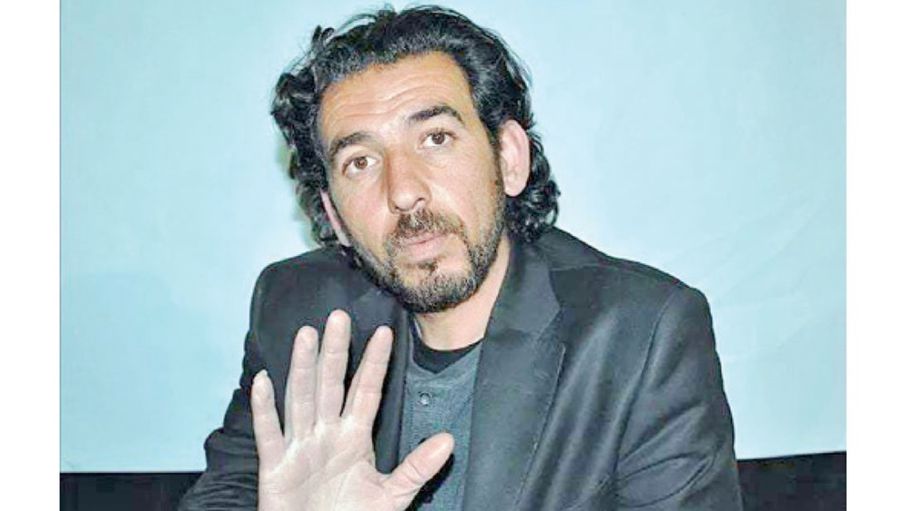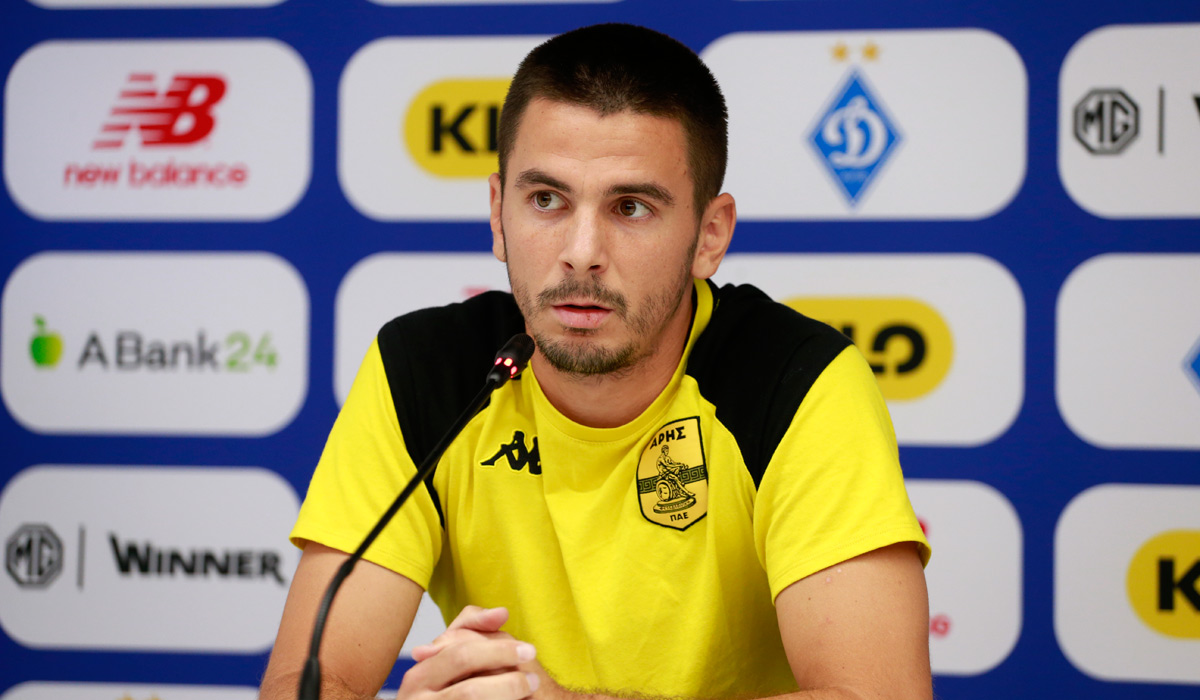Madaba – The Jordanian artist, Tayseer Al-Buriji, sees the importance of investing in the role of art, which has become an important part of Jordanian culture, in building strong relationships with peoples, considering art as a message of love that brings peoples together. This message must be invested in rapprochement and more openness to the peoples of the world, to show the depth of the heritage. The original Jordanian artist. Add an advertisement
The artist should present a positive image to the audience by using his position to send messages of peace, love and peace, positive energy, and contribute to the elimination of all negative phenomena in our societies.
Al-Buraiji, who began his artistic career in 1988, confirms that Jordanian television dramas have begun to recover again due to their development and the advancement of their artistic and intellectual discourse, pointing out that the art of watching is the embodiment of human reality with a visual vision that includes many artistic tools that would highlight ideas and innovate solutions to issues. Societal, the fact that man and art are inseparable, which makes each one affect the other, but man is the one who benefits the most from what the arts achieve in terms of spiritual and emotional gratification that purifies souls from negative energies, burning emotions, and aggressive behavior.
Al-Buraiji, who participated in the play “The Country Asked for Its People” by the late Tunisian director Moncef Souissi, touched on the importance of theater in contributions that meet humanity’s aesthetic and mental needs, and this was reinforced by the presence of the audience who attends the theatre, which made the theater a natural field to achieve its message with social implications for the audience in a direct way. , without the existence of barriers or stumbling blocks, because the performing arts in all its branches are a means of social and cultural enlightenment and its activity contributes to building public thought, because the performing arts are among the mass arts that enhance the spirit of the group and devote the concept of communication and extension so that the intellectual and cultural unity is embodied in the image of the theater.
He says, “The theater is alive, and it is the root from which the rest of the branches were born, which confirms that the performing arts are not just a pastime or a means of entertainment as much as they contribute to discovering the aesthetic aspects, because the theater depends in its essence on the outcome of knowledge in its general comprehensiveness and on the human ability to explore and marvel.” And contemplation, as theater is still a spark for culture and helping to develop societies and reach a better state to achieve its mission that embraces the investment of technical, creative and intellectual aspects combined within the framework of the theater.
Al-Buraiji asserts that desert theater is no less important than all types of theaters, as it is subject to the spaces of desert nature and Bedouin life, referring to his experience of participating in this type of theater through the play “Zain Al-Maha”, which presented the Bedouin environment and adapted it to fit the story of the play in an integrated scene that contributed In presenting Bedouin visions of stories from the history of the Arab Badia in terms of the emergence of the magnanimity of men and the strength of Bedouin women.
He talked about the theatrical show “Zain Al-Maha”, which strengthened the concept of desert literature and culture, while considering it a vast theater for displaying all kinds of contemporary expressions, and achieving artistic visions that reflect diversity in performance by leaving the theater from its traditional place to spacious open spaces of sand and desert dunes, and what is necessary The actors search and work to develop their tools to fit the identity of the place by relying on multiple methods stored in the aesthetic memory of Bedouin life.
Al-Buraiji said, in his interview with “Al-Ghad”, during his participation in the theatrical show “Zain Al-Maha”, which was shown in the outdoor arena of the Greena Model Youth Center in Madaba. Spaces that suit the specificities of the desert region, in addition to the serious endeavor to explore and memorize existing and possible connections between the forms of performing and narrative expression that inhabit the desert and the art of theater.
Al-Buraiji, who holds a bachelor’s degree from the Higher Institute of Dramatic Arts in Cairo, spoke about melodrama theater and its importance, as it relies on the kinetic, suggestive, and indicative performance of the body on stage. Theaters have their audience – through which the visions of the director, the actor and the scenography can be distinguished. It is a text in itself, even if it is built on a literary text. Rather, it is the text closest to the spectator to another with its connotations, stressing that performance is a linguistic system by which the body maintains its survival in the text and presentation, which indicates the concept of the performative body that is linked to the philosophical concept of the human body that is linked to cultural identity as a product of dramatic meaning, and theater depends on A cognitive discourse that embodies performance as a language whose concept is directly involved through a communication channel that combines the cultural and philosophical concept, so that the movement of the body becomes a major component of theories of physical performance.
Al-Buraiji concluded by affirming that fine art is a human message that expresses the extents of beauty and the other meaning of life, and embodies the authentic heritage and traditions of countries and peoples, indicating that art is the means and tool by which the artist expresses his feelings and vision towards society, and translates what he sees in reality into his artwork. And the artist is the one who can edit the details of the beauty and worlds of his style according to the written text, whether in a dramatic or theatrical work.
It is noteworthy that the artist, Tayseer Al-Buriji, has many works that varied between theatrical and television, including: (The country asked for its people) by director Moncef Al-Suwaisi, (The Trial of Vince Bin Shuafat) by director Qassem Muhammad, and (The Case) of the year 2007 by director Hassan Al-Wazir, The Tragedy of the Sleazy, Brides on a Glowing Theatre, Nirvana, Delilah’s Gang, Al-Zaybak, and many theatrical works. Among his TV works are: Al-Hajjaj, Al-Saqaya, Anbar J, Al-Azim, The Path of Chivalry, The Price of a Braid, The Cave, What is the Solution, Uncle, Oh Hamlali, and the series Hakaya.

Investing in Art for Building Strong Relationships: The Vision of Tayseer Al-Buriji
Listen up! 'Dakota' hits 'Courtesan's bonfire' in Georgian
Kylie Jenner forgets clothes with her latest impossible look. Impacts
'With my sister' Kim Won-hee'Once every three years with my husband, Tae-ki Kwon, who have been toge...
The team of the National Theater production "The Boy Who Saw in the Dark" received the most nominati...

